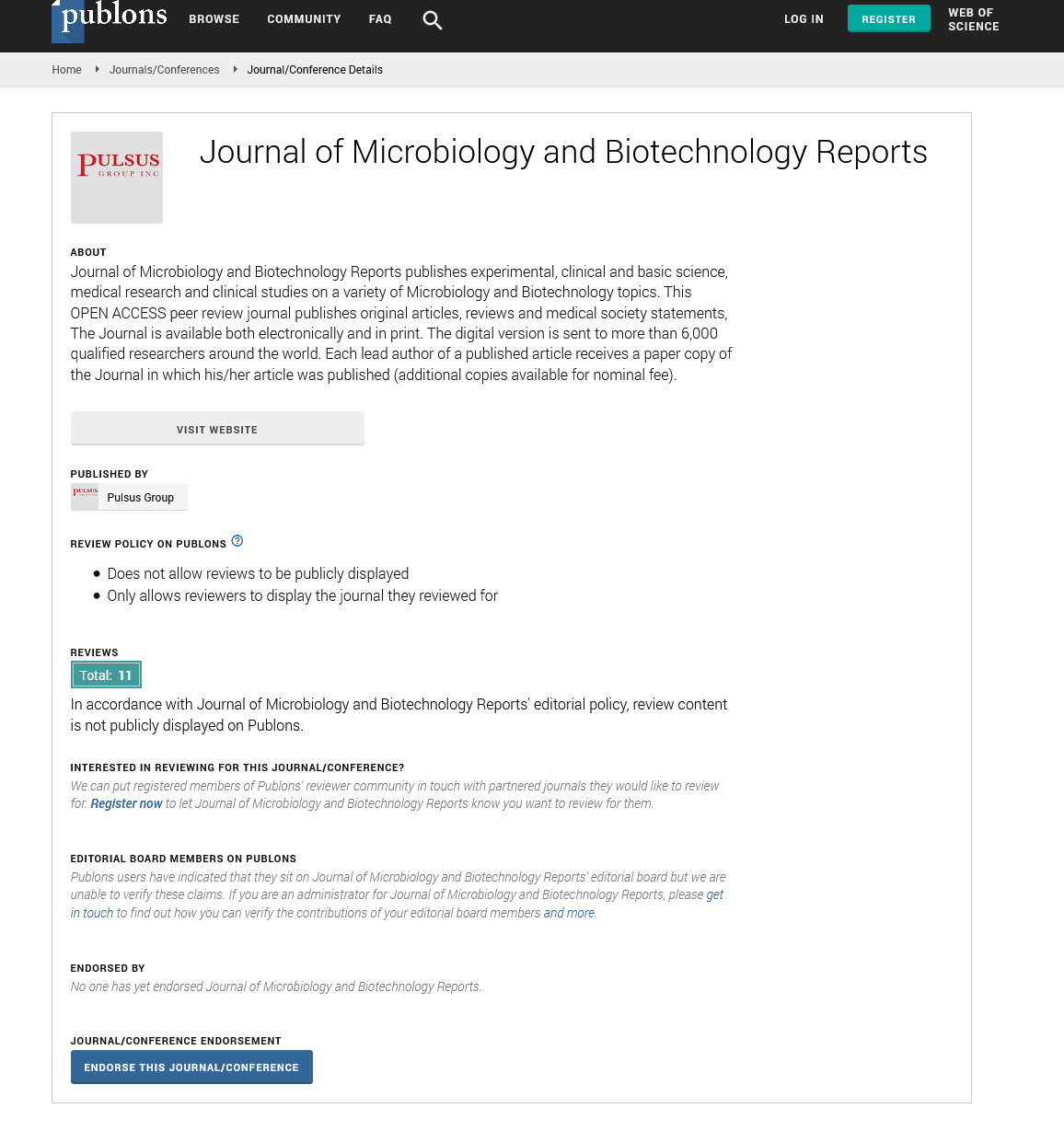
Sign up for email alert when new content gets added: Sign up
Axonal regeneration and beyond: New biotechnologies magneticallyactuated to improve axon outgrowth
9th International Webinar on Biotechnology Research
February 25, 2022 | Webinar
Alessandro Falconieri
University of Pisa, Italy
ScientificTracks Abstracts: J Mic Bio Rep
Abstract :
The ability to improve nerve regeneration is considered a “Holy Grail” for the scientific community. Historically, the role of chemical signaling, in which signal molecules were perceived by the growth cone influencing direction and orientation, was recognized. Recently, the role of force in axonal outgrowth has been highlighted, a phenomenon known as "stretch-growth" (SG). To generate external mechanical forces, we developed two different methodologies, each with a different biotechnology as protagonist, magnetic microposts and magnetic nanoparticles (MNP). Both methods foresee the possibility of applying forces on neurites of mice hippocampal neurons, either through the interaction of the neurites with the microposts or by labeling them with MNPs. In both cases the application of external magnetic fields will generate the force necessary for axonal elongation. We showed that both methodologies induced a significant increase in length of stimulated axons. The increase in length was understood as mass addition without thinning as we did not observe a reduction in axonal caliber. Studies carried out in electron microscopy have also shown an accumulation of the endoplasmic reticulum cisternae, confirming this mass addition. We also found an increase in the ability to form branches, an increase in maturation, an activation of translation and a reduction in intracellular calcium transients, consistent with evidence that low calcium transients correlate with rapid axonal elongation rates. In conclusion, we observed that both methodologies magnetically-actuated are capable of promoting SG, inducing similar molecular and cellular effects. In light of our recent studies, these methodologies could represent a new therapeutic perspective for promoting nerve regeneration. In support, the use of magnetic fields and MNPs has already been approved for therapies on humans while the scaffold of which the microposts are made has all the potential to be exploited in translational medicine.
Biography :
Alessandro Falconieri has his expertise in the field of molecular biology, nanotechnologies and neuro-mechanobiology. His study of axonal growth following mechanical stimulation proposes a new model of neuritic development based on the establishment of a complex dialogue between local phenomena. The model based on this "cross-talk" came from his Ph.D work which ended in June 2021. In the recent period, he is investigating the molecular pathways activated by tension as well as the mechanisms of repair and recovery following prolonged stimulation. The prospect of exploiting mechanical stimulation to accelerate the rate of axonal outgrowth is very intriguing as it would give the possibility of proposing a new therapeutic target for the treatment of neurons damaged following injury or disease.




